Interior Design 101
Unleash Your Creative Vision: Transform Spaces with Confidence!
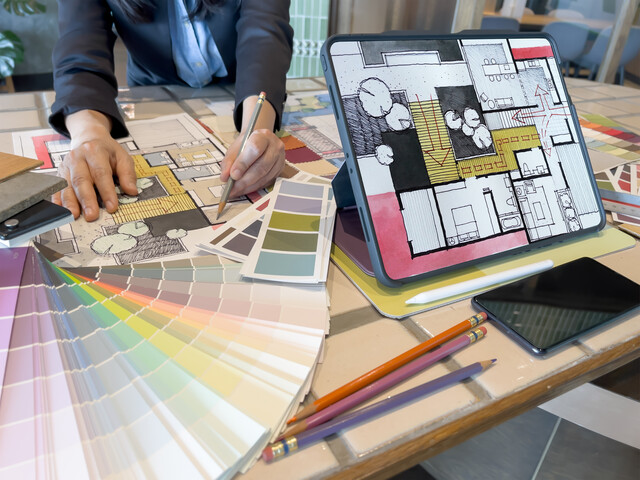
10 Hours average completion time
1.0 CEUs
15 Lessons
24 Exams & Assignments
74 Discussions
15 Videos
16 Reference Files
178 Articles
Mobile Friendly
Last Updated December 2025
In order to create an interior environment, designers need to think about the form and functionality of the space. The form refers to the look and feel. The functionality refers to how they space will be practically used. In order to effectively blend form and functionality, designers need to rely upon many resources, guidelines, and professionals.
Interior designers often tend to be interior decorators. After all, designers are often responsible for all aspects of a project, including the design, development, and finishing touches. However, interior decorators may not necessarily be interior designers; designers need to have more in-depth knowledge than decorators.
While many interior designers are also decorators, designers do not generally take on other professional roles, such as plumber, carpenter, electrician, or otherwise. Therefore, designers must work closely with many other industry professionals.
Interior designers also have the liberty to be self-employed or to work with a firm. Either way, there are some business skills and best practices that every interior designer should use in order to be successful.
This course is designed to teach you how to be an interior designer by focusing on interior design from a macro level. If you decide to pursue an interior design career after reading about everything that will be required of you if you choose to pursue a career in interior design, then you will spend years learning the minute details that are essential to creating a successful design.
Note: This course focuses on all aspects of interior design. While interior decorating plays a large role in interior design, it is important to remember that the two are not the same. This course will not go into great detail about interior decorating, but, rather, will provide an overview of the kind of information interior designers will need to know.
- Strategic business and project management skills
- Enhanced visualization and communication techniques
- Proficiency in industry-specific certifications
- Knowledge of historical design styles
- Collaboration with industry professionals
- Creative problem-solving in design
- Navigating design codes and regulations
- Applying design principles and color theory
- Understanding functional space requirements
- Mastering LEED and sustainable design
- Networking within professional design associations
-

Cooking and Baking 101
-

Image Consultant
-

How to Start a Craft Business
-

Cooking Class Bundle: 5 Cooking Courses
-

Candle Making
-
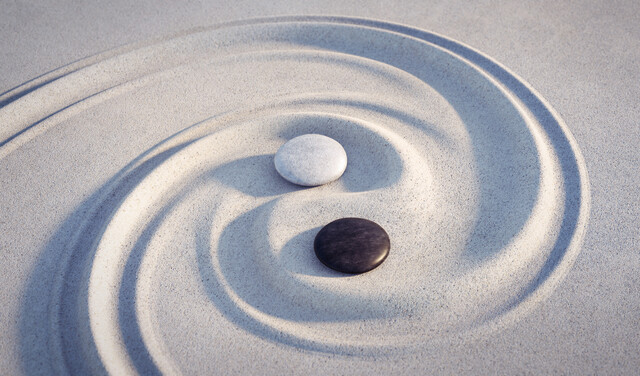
Feng Shui 101
-
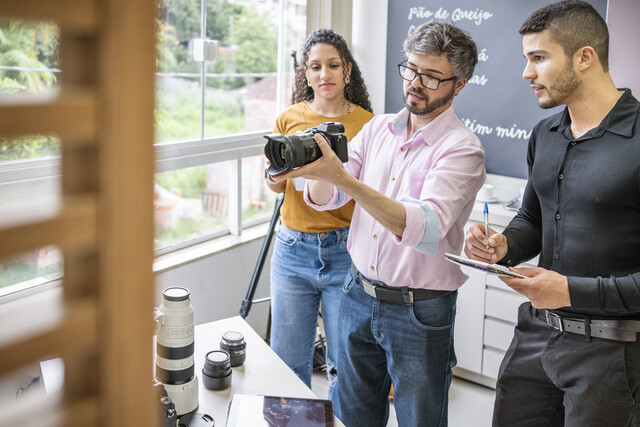
Digital Photography 101
-

Photography 101: Beginner to Intermediate
-

Buying and Selling Antiques and Collectibles
-

Soap Making Mastery
-
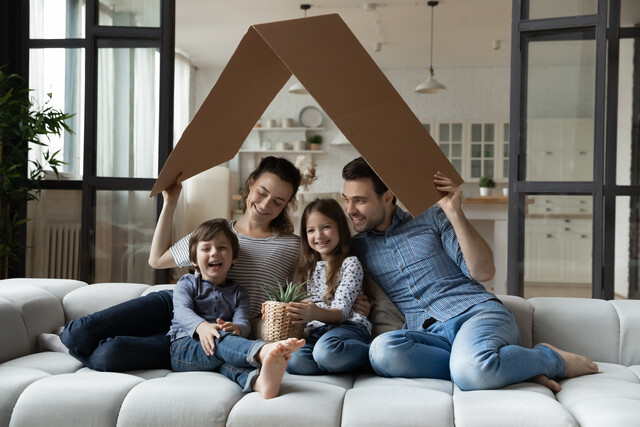
Home Safety
-
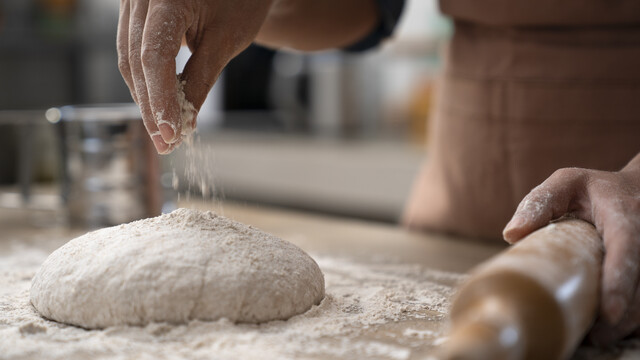
Beyond the Crust: The Heart and Soul of Bread Baking
-

Interior Decorating Made Easy
-
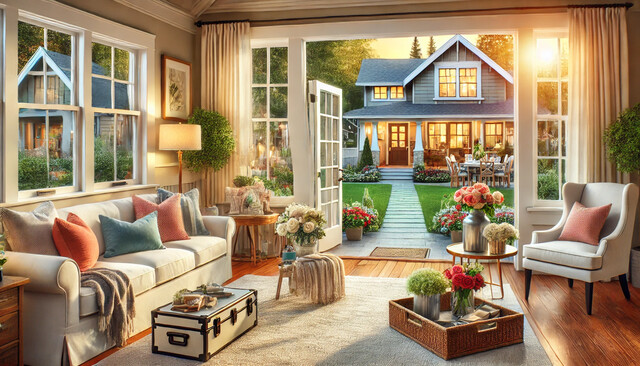
How to Prepare, Stage and Sell Your Home
-
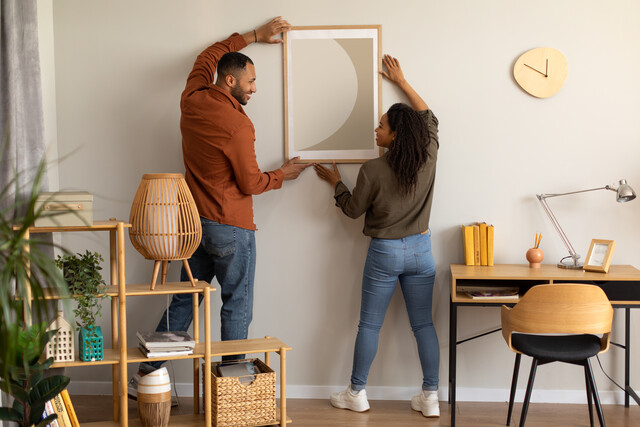
How to Decorate a Room
-

Landscaping 101
-

Etiquette Consultant
-

How to Bake Cookies
-

Aromatherapy 101
-

Advanced Aromatherapy: Nature's Elixirs and Recipes
-
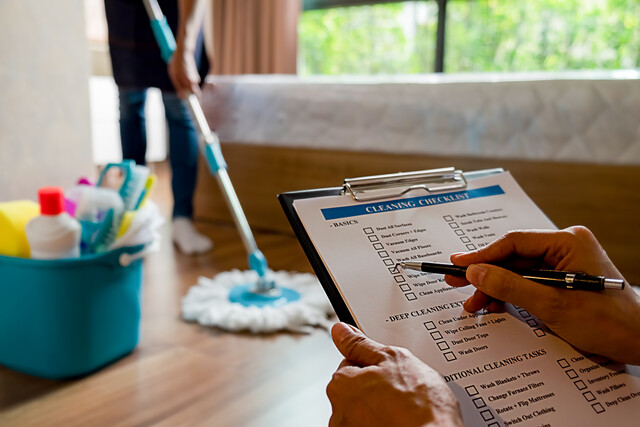
Starting Your Own Cleaning Business
-
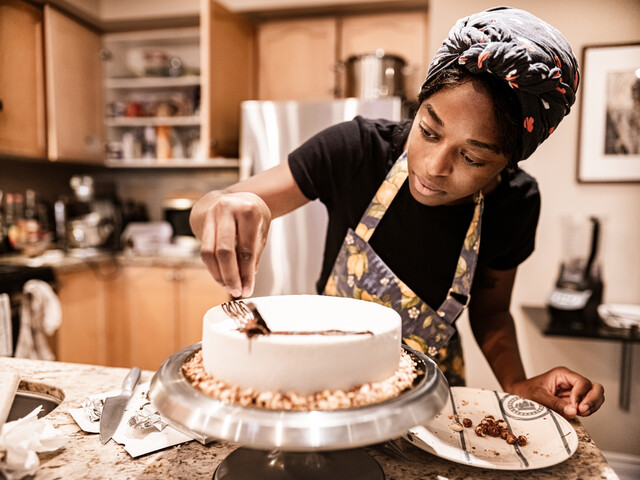
Cake Decorating